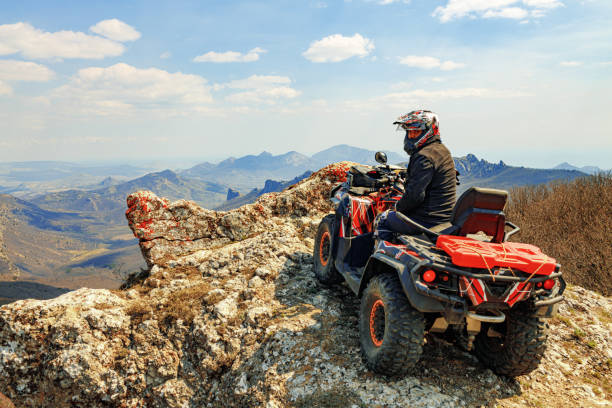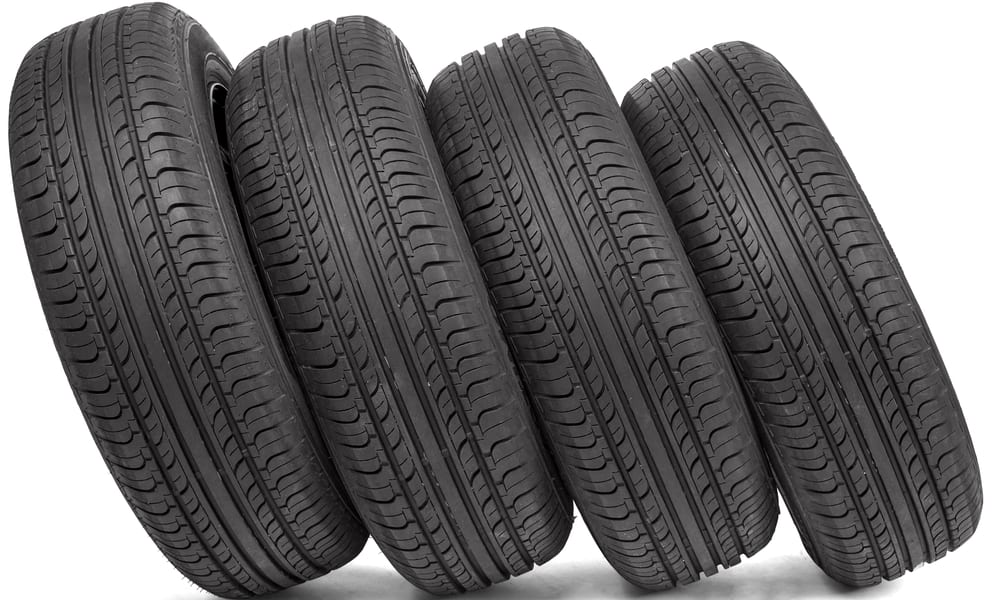Overlanding: The Rising Trend of Off-Road Adventuring and Its Impact on the Automotive Industry
The open road, the thrill of discovery, and the romance of adventure—welcome to the world of overlanding. A growing trend within the automotive industry, overlanding is reshaping the way we view vehicle usage and driving. It's not just about the destination, but the journey and the experiences along the way. In this article, we delve into the roots of overlanding, the current trends it's sparking, and the new challenges and opportunities it's bringing to the automotive industry.

Overlanding: A Historical Overview
Overlanding can trace its roots back to the Australian outback, where rugged terrains necessitated the use of robust vehicles for long-distance travel. As roads were scarce and conditions unpredictable, vehicles had to be resilient and well-equipped, setting the stage for what would become a lifestyle for many.
The concept of overlanding gradually spread globally, fueled by the desire for adventure and exploration. In recent years, the trend has escalated, with more people seeking off-grid escapades and the thrill of self-reliance in remote destinations. This shift has prompted a wave of modifications in the automotive industry, specifically in vehicle design and manufacturing.
Current Trends in Overlanding
The rising popularity of overlanding has seen the emergence of new trends in the automotive sector. One significant trend is the surge in demand for 4x4s and Sports Utility Vehicles (SUVs) designed with off-road capabilities. Manufacturers are responding by releasing models that boast durability, resilience, and the ability to handle various terrains.
Furthermore, the market for vehicle accessories and modifications has also seen significant growth. From rooftop tents and awnings to auxiliary fuel tanks and recovery equipment, manufacturers are tapping into this demand, offering products designed to enhance off-road experiences.
Impact of Overlanding on the Automotive Industry
The overlanding trend has brought a fresh perspective to the automotive industry. It has pushed manufacturers to think outside the box, redefining the concept of what a vehicle can do and be. As consumers demand vehicles that can withstand long, off-road journeys, manufacturers are challenged to improve durability, enhance comfort, and offer customization options.
However, it’s not just about creating robust vehicles. As overlanding often involves traveling to remote locations with limited facilities, there’s a pressing need for sustainable technology. This has seen the exploration of alternative power sources, like solar, to power accessories and equipment.
The Benefits and Challenges of Overlanding
Overlanding offers a multitude of benefits, both for the individual and the automotive industry. For enthusiasts, it provides a sense of freedom, adventure, and the chance to connect with nature. For the industry, it drives innovation and opens new markets.
However, overlanding also presents challenges. The environmental impact of off-road driving is a concern, with the potential for habitat disruption and pollution. Additionally, the need for specialized vehicles and equipment can also exclude those with limited budgets.
The Future of Overlanding and the Automotive Industry
As the trend of overlanding continues to grow, so does its influence on the automotive industry. The demand for vehicles that can take us further off the beaten track shows no signs of slowing down. Manufacturers will need to continue adapting, innovating, and pushing the boundaries of what’s possible.
In conclusion, overlanding represents a dramatic shift in our relationship with vehicles. It’s about more than just driving—it’s about the adventure, the exploration, and the freedom. As we look to the future, it’s clear that this trend is set to drive substantial change in the automotive industry.




